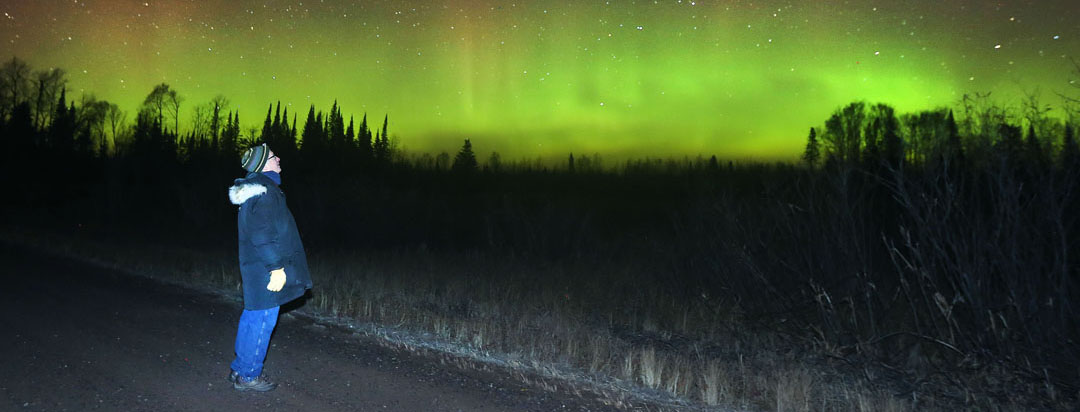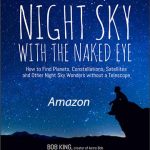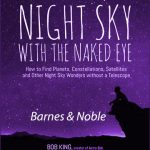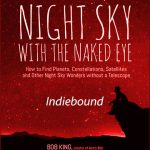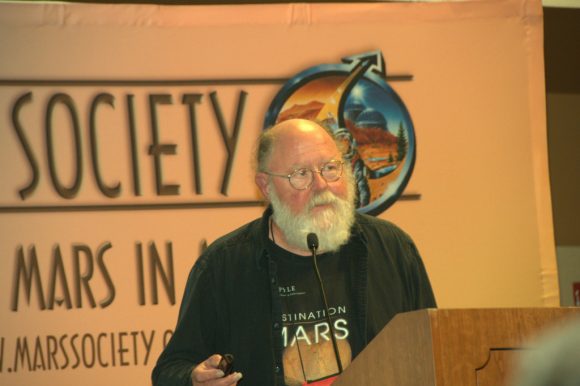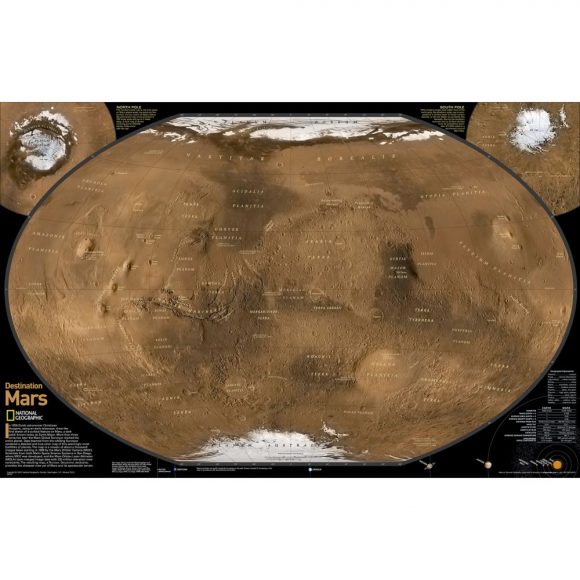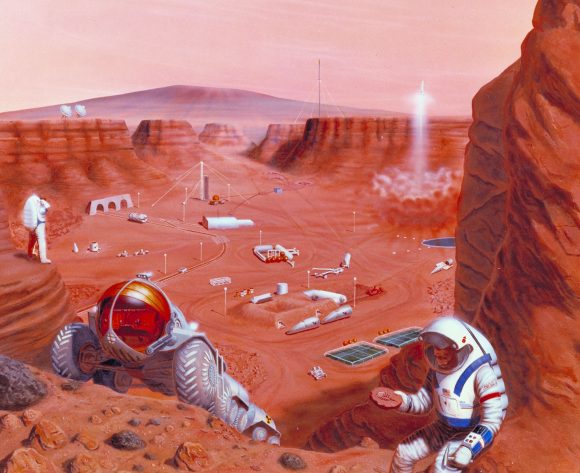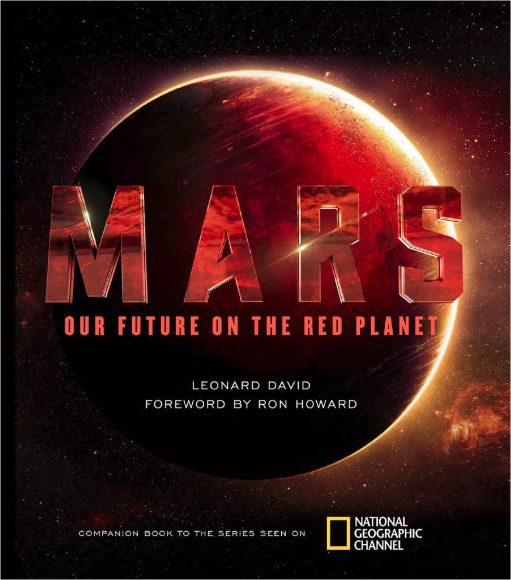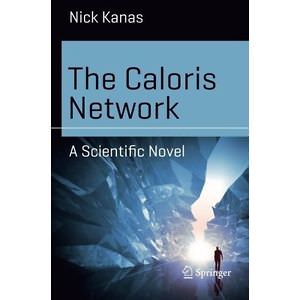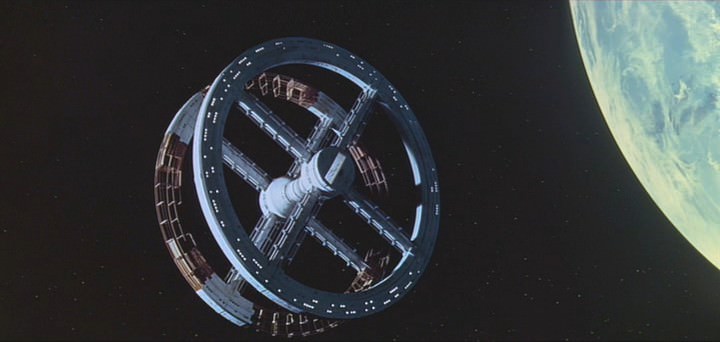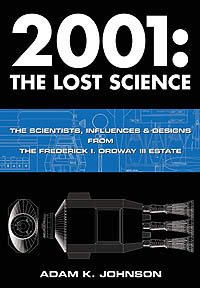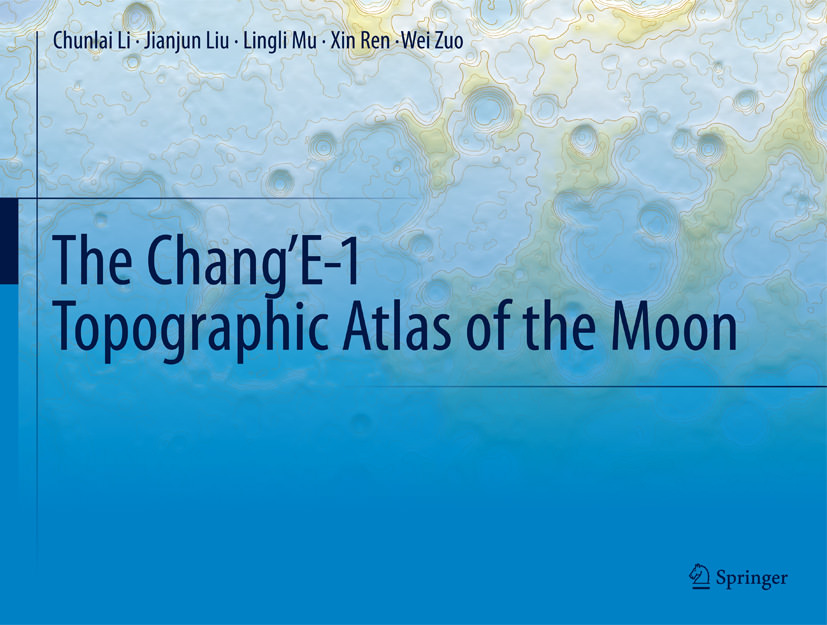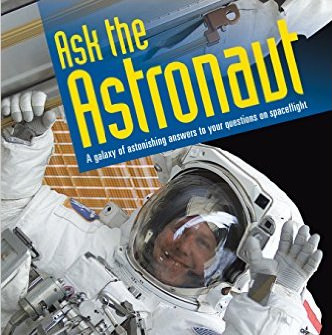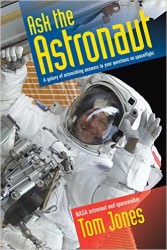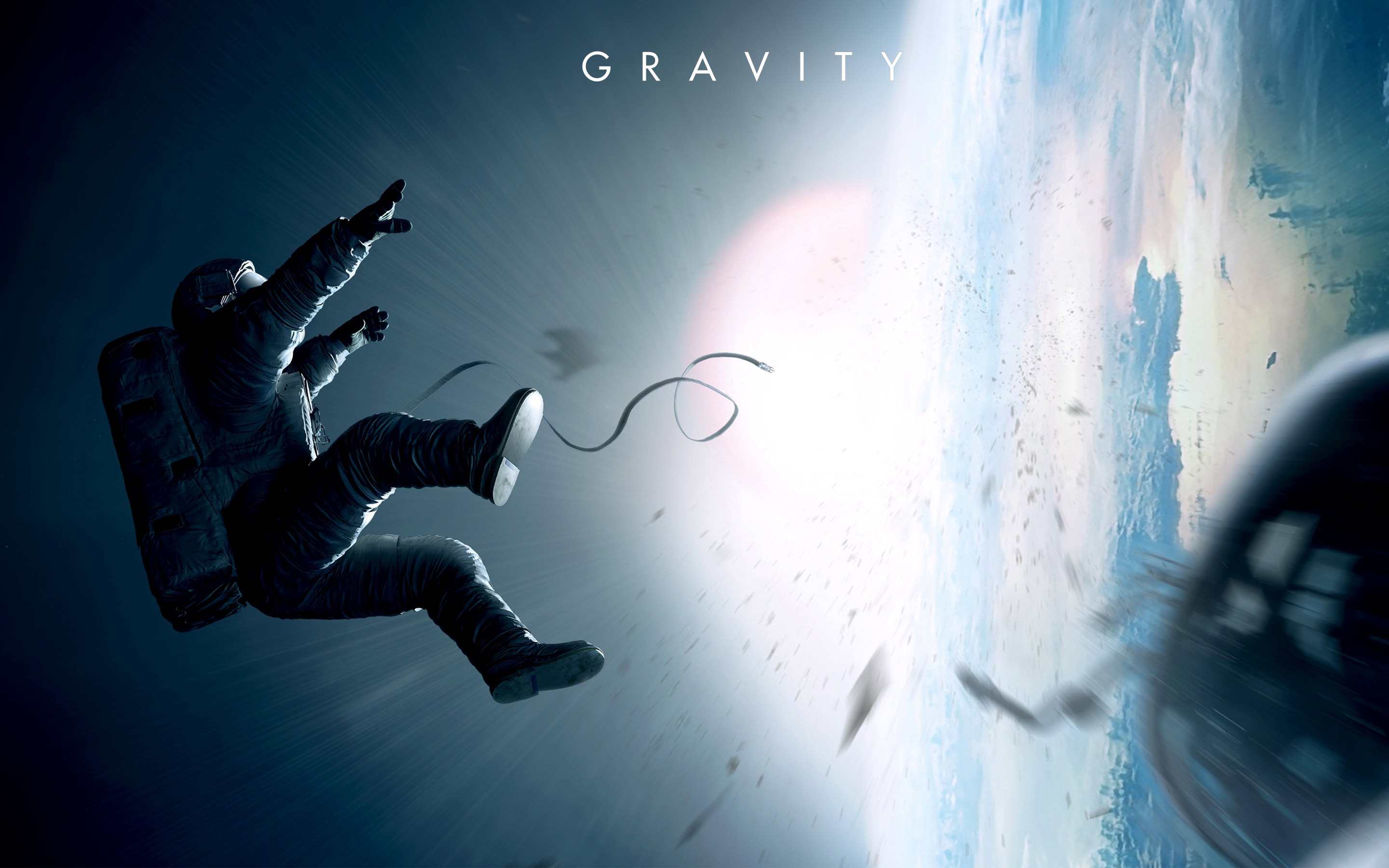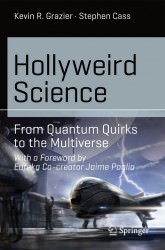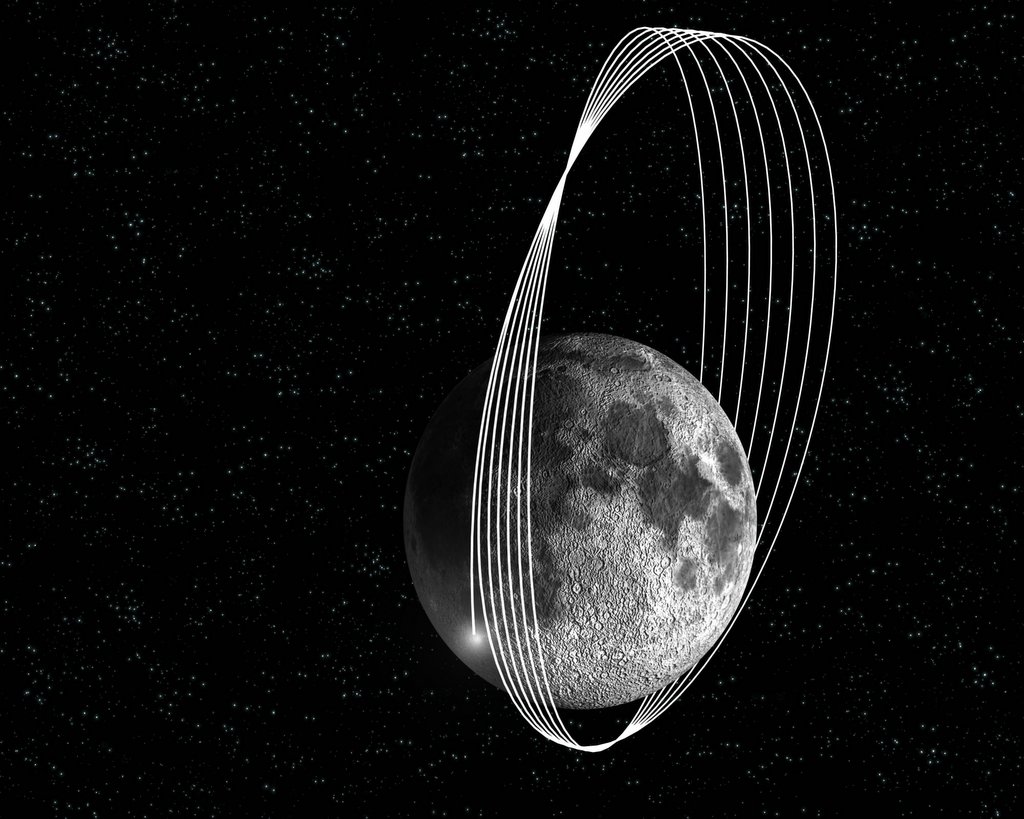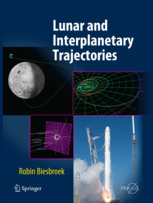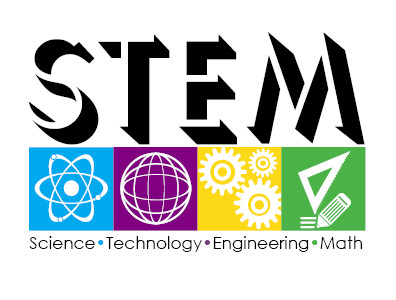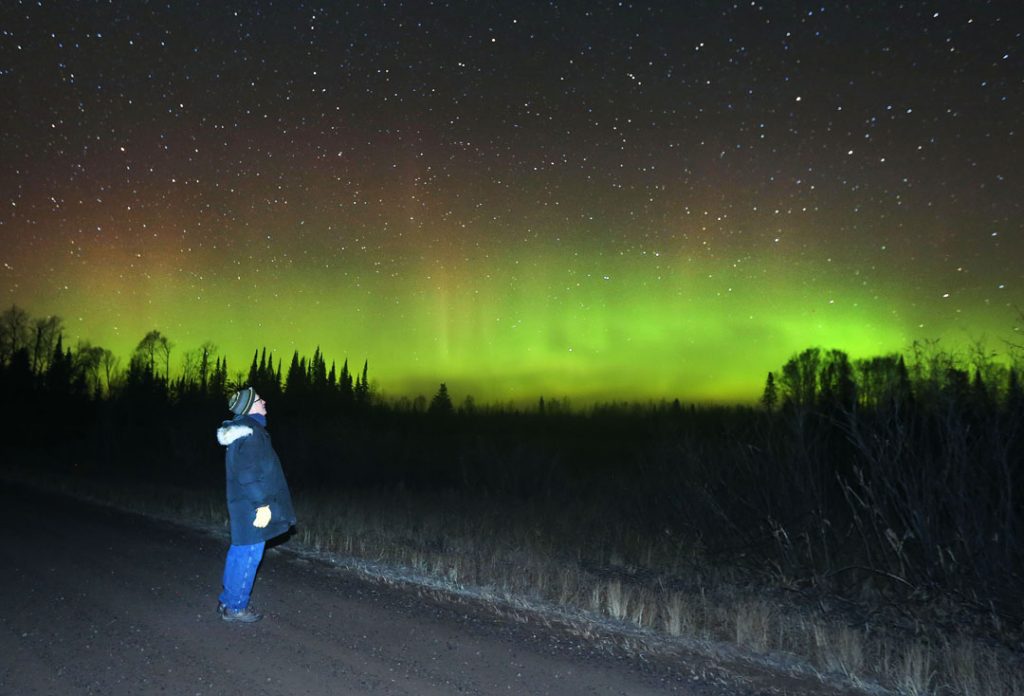
My book Night Sky with the Naked Eye publishes today. It would have never seen the light of day much less ever been conceived were it not for Fraser Cain, publisher of Universe Today, and Nancy Atkinson, an editor and writer for the same. Several years ago, Nancy invited me to write for UT. I hopped at the chance. Before her contact, I’d been writing a daily blog on astronomy called Astro Bob (and still do).
Fast forward to last summer when I got an email from Nancy saying Page Street Publishing had contacted her about writing a book about space missions. The publisher also wanted a book about night sky observing without fancy equipment for which she recommended me. Me? I felt like the luckiest guy on the planet!
Book writing proceeds in many stages. First, the table of contents had to be prepared and approved. Then followed a sample chapter. The publisher chose the one on artificial satellites, which I wrote in about a week. The tone was right, but he asked for changes in the organization, which I dutifully made. By November, a contract followed and the project was underway with a first draft due to my editor in about 10 weeks.
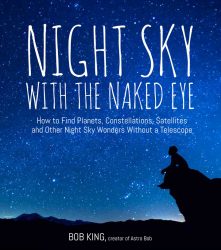
Writing is hard work. But it’s a special place all writers come back to again and again. We can’t help but keep trying to find just the right words to capture a concept or emotion. And when we do, a quiet pleasure flows down the spine like warmth creeping into cold fingers splayed in front of a fire. Not that these moments always come easily. Writer Colson Whitehead describes the experience of writing as “crawling through glass.” I would soon become well-acquainted with that feeling, too.
Nancy wrote her book Incredible Stories from Space: A Behind-the-Scenes Look at the Missions Changing Our View of the Cosmos at nearly the same time. We were grateful for each other’s support, and it was a kick to follow her progress as well as bounce ideas around. With a tight deadline in front of me, I set to work immediately, taking more than two weeks of vacation from my regular job to make sure the draft was done on time. No way was I going to compromise an opportunity of a lifetime.
Maybe you’ve thought of writing a book, starting a blog or hope one day to write for Universe Today or another online astronomy site. There’s plenty of good advice for writers out there. I’ll share what worked for me.
#1: Put your butt in the chair and keep it in the chair. My wife reminded me of this often, adding that the book wasn’t going to write itself. Temptations are everywhere. Answering the phone, making another cup of tea, staring out the window and my favorite, shoveling the driveway. I had the cleanest driveway in the neighborhood. Even an inch of new snow was enough to grab the shovel and happily scrape down to the gravel. So yes, I did occasionally get out of the chair, but many times it did me good, freeing up the brain to see more clearly into a topic. Or dream up a fitting photo or illustration.
Creativity comes at odd little moments. It can flow while tapping away in front of a glowing screen or sneak into consciousness when you’re bending down to feed the dog. So a mix of activities seemed the best but with extra emphasis on staying put. I rarely hiked last winter and kept my walks in the neighborhood brief. Instead of observing at night, I wrote or gathered photos. By January, I joked to my friends that I’d voluntarily put myself under house arrest.
#2: Spill your guts, worry about the details later. It’s incredibly tempting when writing to continuously edit one’s work, going back over every sentence to make each “perfect”. This is a muse-killer. Though difficult to stick to, once you let your thoughts flow onto paper without worrying about spelling, clauses and the whole lot of burdensome rules, you’ll become a wild horse running free on the prairie. Let it out, let it out and worry about the commas later. I don’t play a musical instrument, but free-flow writing — just getting the ideas out — must feel something like riffing on a jazz melody.
#3: When stuck, move on to another topic, take a walk, listen to music. Struggling to describe an important concept or connecting your thoughts in a way that flows on the page can drive you nuts, even bring you to tears. Sure, you can keep beating on the idea like a madman hammering on a bent nail, but why why torture yourself? A little distraction can be good. Move on to another part of the story or a different chapter or get up and take a short walk. Defocusing allows the ideas you’re having a tug-of-war with to come of their own accord.

As the February 1 deadline approached, time took on a physical dimension under the intense pressure to get everything done. I cut time into little blocks that when added up would get me to the finish line on the first draft. I made it just in time, shipped off my copy via e-mail, got in the car to go to work and turn up the music really LOUD. For a fews days I was on top of the world. Invincible.
My editor, Elizabeth, contacted me later with positive comments and then returned the manuscript with “developmental edits” or questions about descriptions and organization. We pitched the ever-refined draft back and forth over the next few months. Each time I read through the ten chapters and made both suggested changes and other refinements. I also added photos during this stage and worked via e-mail with the layout staff to place the best images and graphics at the best places in the text. I shot more images and requested photos from talented astrophotographers, prepared the acknowledgments and sought our recommendations from respected scientists and writers.
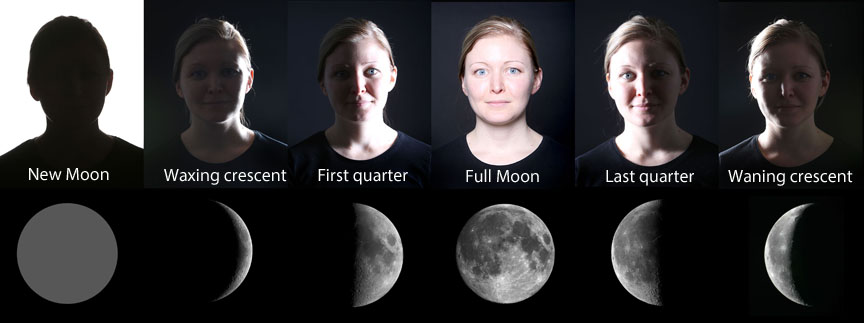
The editors at Page Street were quite generous with photo usage, a joy for me because that’s what I do for a living. I’ve been a photographer and photo editor at the Duluth News Tribune in Duluth, Minn. for many years. My favorite subjects are people, but I slip in an aurora or eclipse now and again. And that’s the irony. I never saw myself as a writer.
Like many, I started by keeping a journal of my observations through the telescope and reflections about the night sky. The Astro Bob blog took that a step further and writing for Universe Today and Sky & Telescope let me find my voice. So I maybe I have a voice, and I like to think I can be a helpful guide at your side, but writer? That still seems too lofty a term to describe what I do. But here we are.
After several edits including the final one, when I was sent a thick stack of low-res black and white pages of the book to mark up and return, I rested briefly before beginning the final phase: publicity. This is the weird part, where you tell everyone what a nice book you’ve written and how it would make a great Christmas gift for that budding astronomer in the family. When I held the first copy in my hands I couldn’t believe that all those hours of work at the computer became a physical object, a beautiful one even.
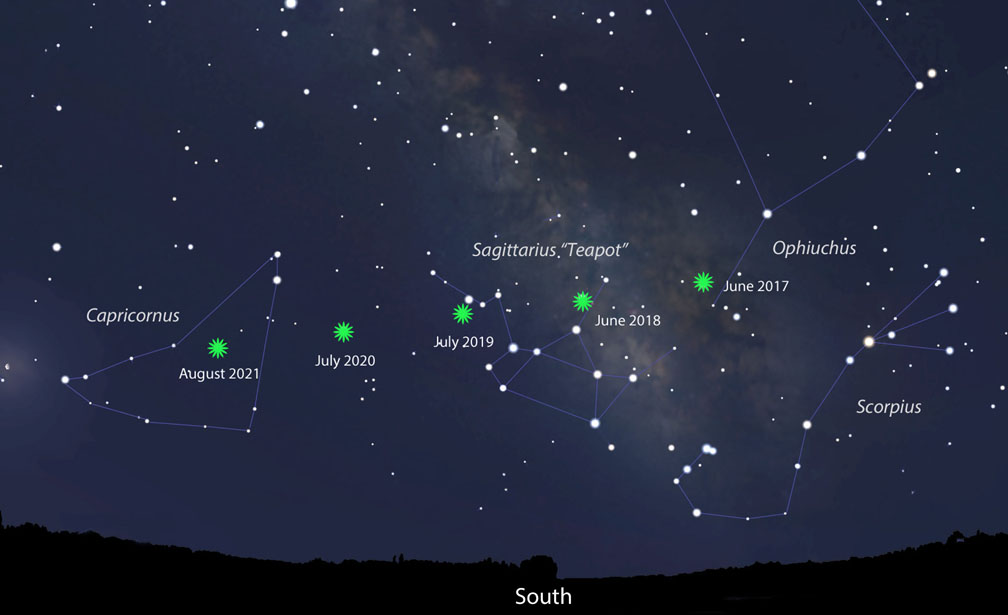
I’m biased of course, but I think both beginning and amateur astronomers will find the book useful. It includes lots of suggested activities – set off in separate boxes – to encourage you to get out under the stars. I make regular mention of the Web and phone apps as ways to become more familiar with the constellations, learn of newly-discovered bright comets and even find a dark sky.
Besides the easy naked eye topics like how to find the brightest constellations or see the best meteor showers of the year, the book offers visual challenges. Have you ever seen craters on the Moon without optical aid or the midnight glow of the gegenschein? You’ll find out how in my book. As a photographer, I’ve included tips on how to focus a digital camera and use it to photograph the aurora or a space station pass.
I’d be willing to bet that most books aren’t as complete as their authors would hope. I had to cut precious photos, graphics, 3 years of a sky calendar and other bits and pieces from mine. Ouch! To this day, I’m still thinking of ways to improve it with a fresh photo, new diagram or change of wording. Now it’s your turn to be the judge.
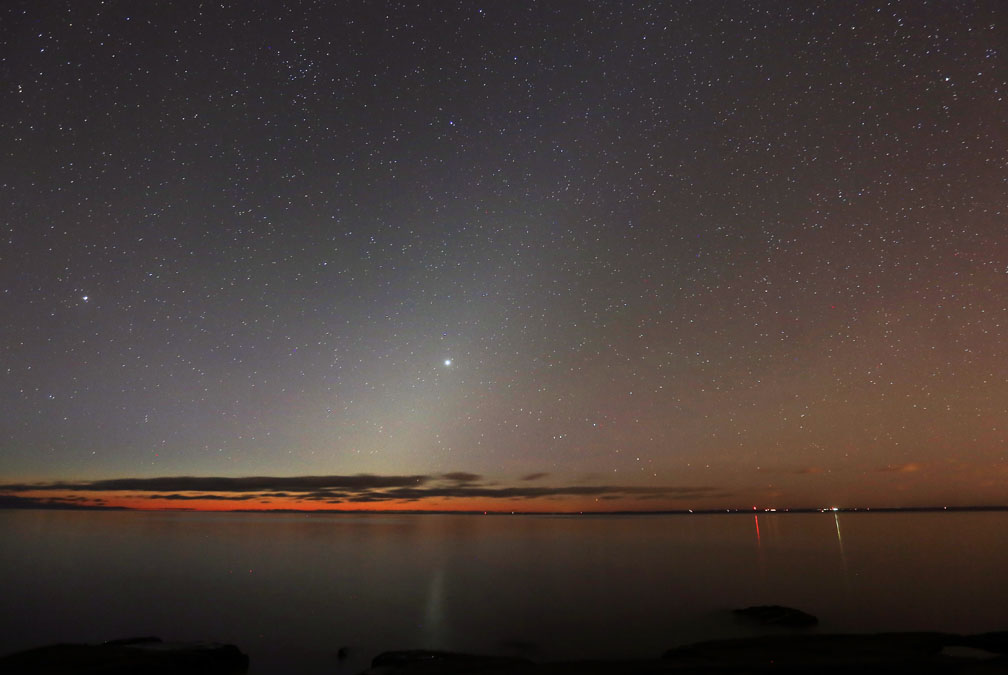
Throughout, Nancy and I rooted for one another and shared our ups and downs. Incredible Stories was to publish within a week of Night Sky, but a type corruption error discovered in several chapters put the book on hold. Her new publication date is December 20, and I encourage you to pre-order a copy, so it arrives in time for Christmas. Order a copy of my book also, and I promise the two of us will keep you company on those long winter nights ahead.
Can I share one final tip? Once you’ve found your passion, say ‘yes’ to every opportunity that furthers it. You’ll be amazed at the places that one word will take you to.
*** To order a copy of Night Sky with the Naked Eye just click an icon to go to the site of your choice — Amazon, Barnes & Noble or Indiebound. It’s currently available at the first two outlets for a very nice discount. It should also be at your local B&N bookstore. And don’t forget to vote today!

